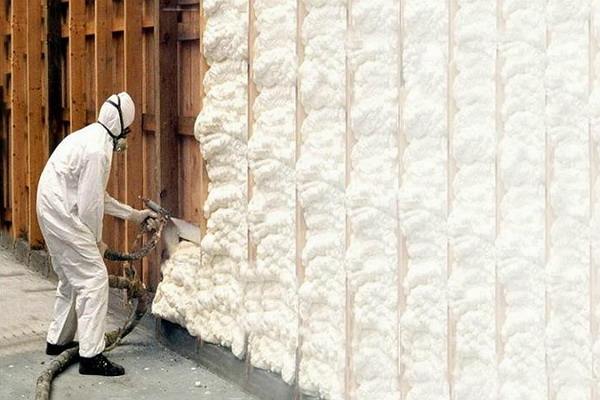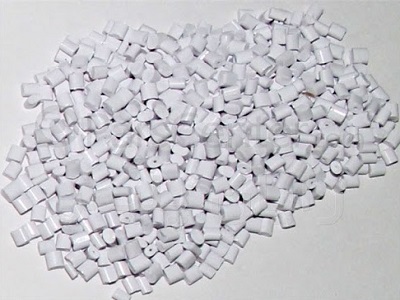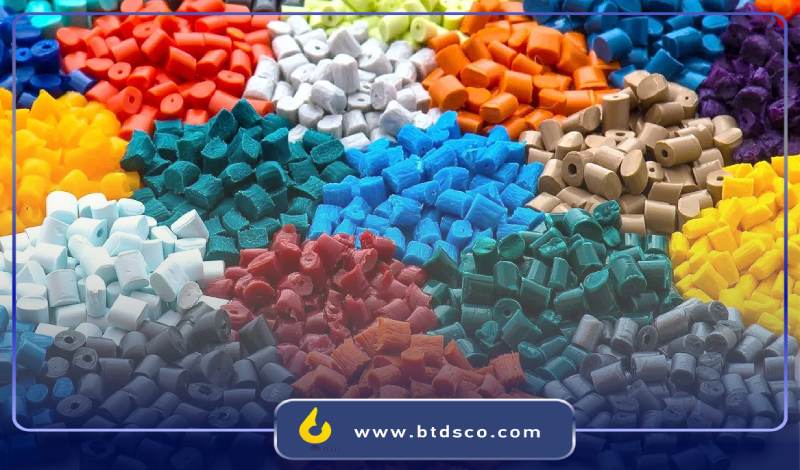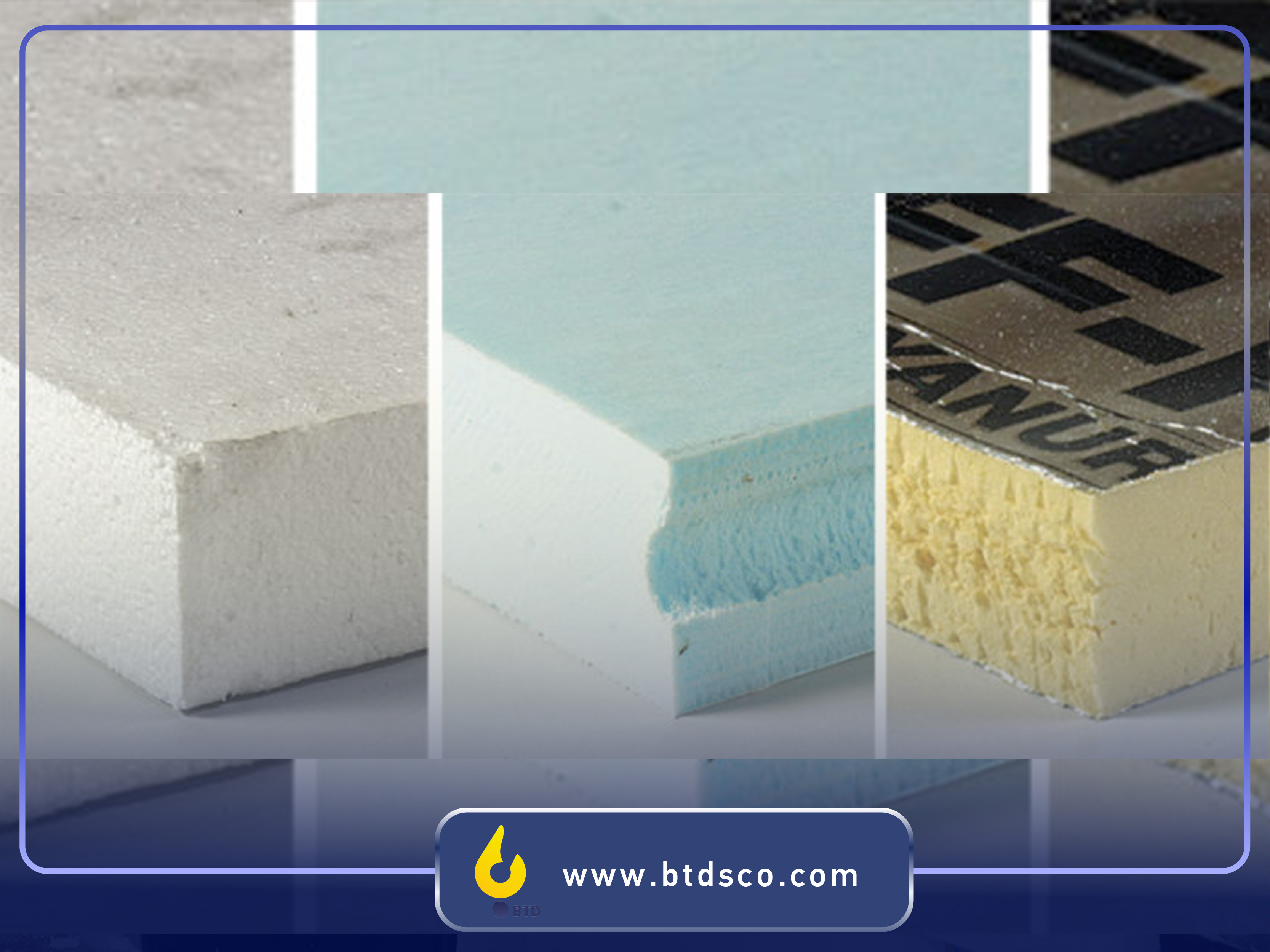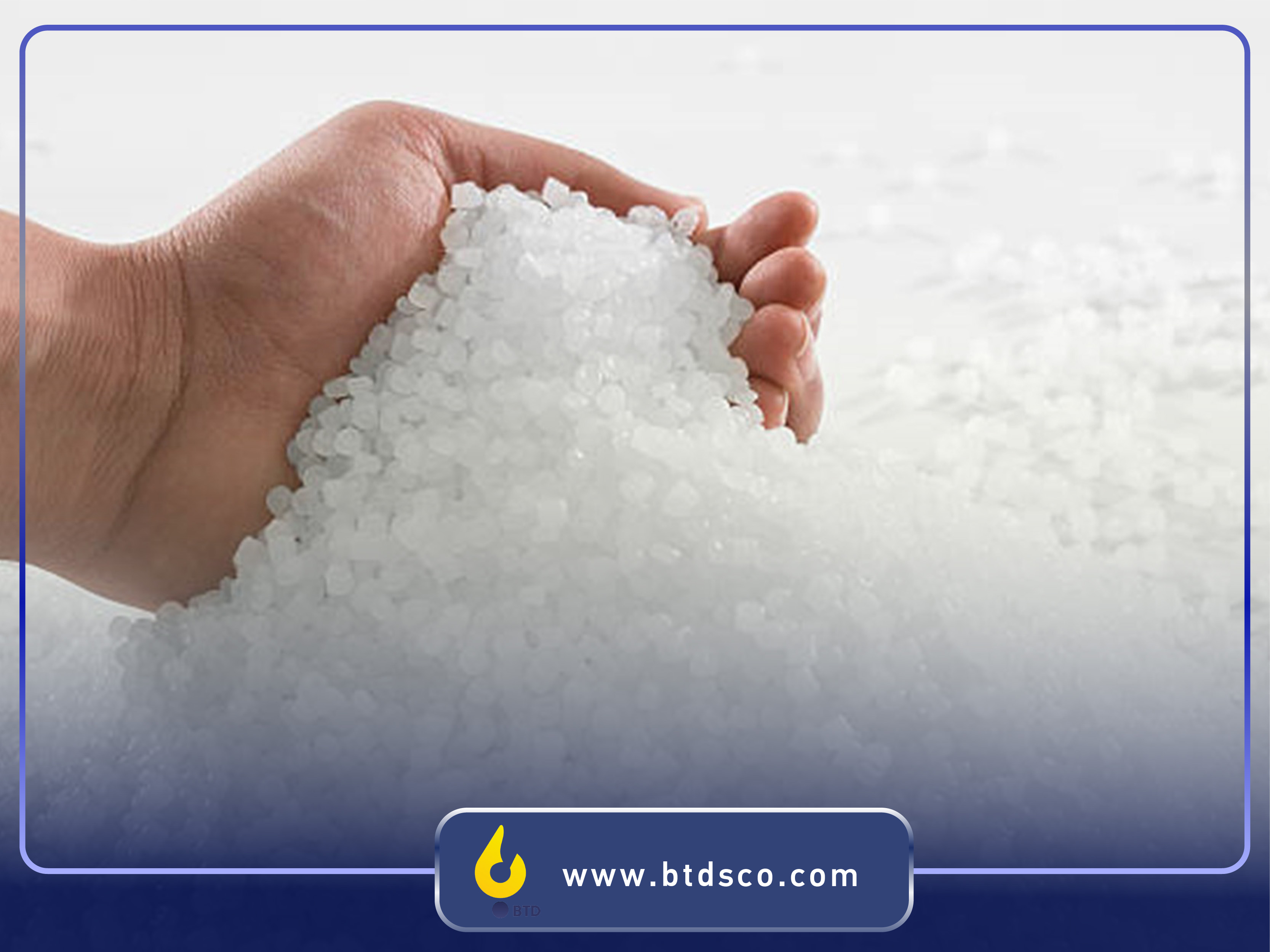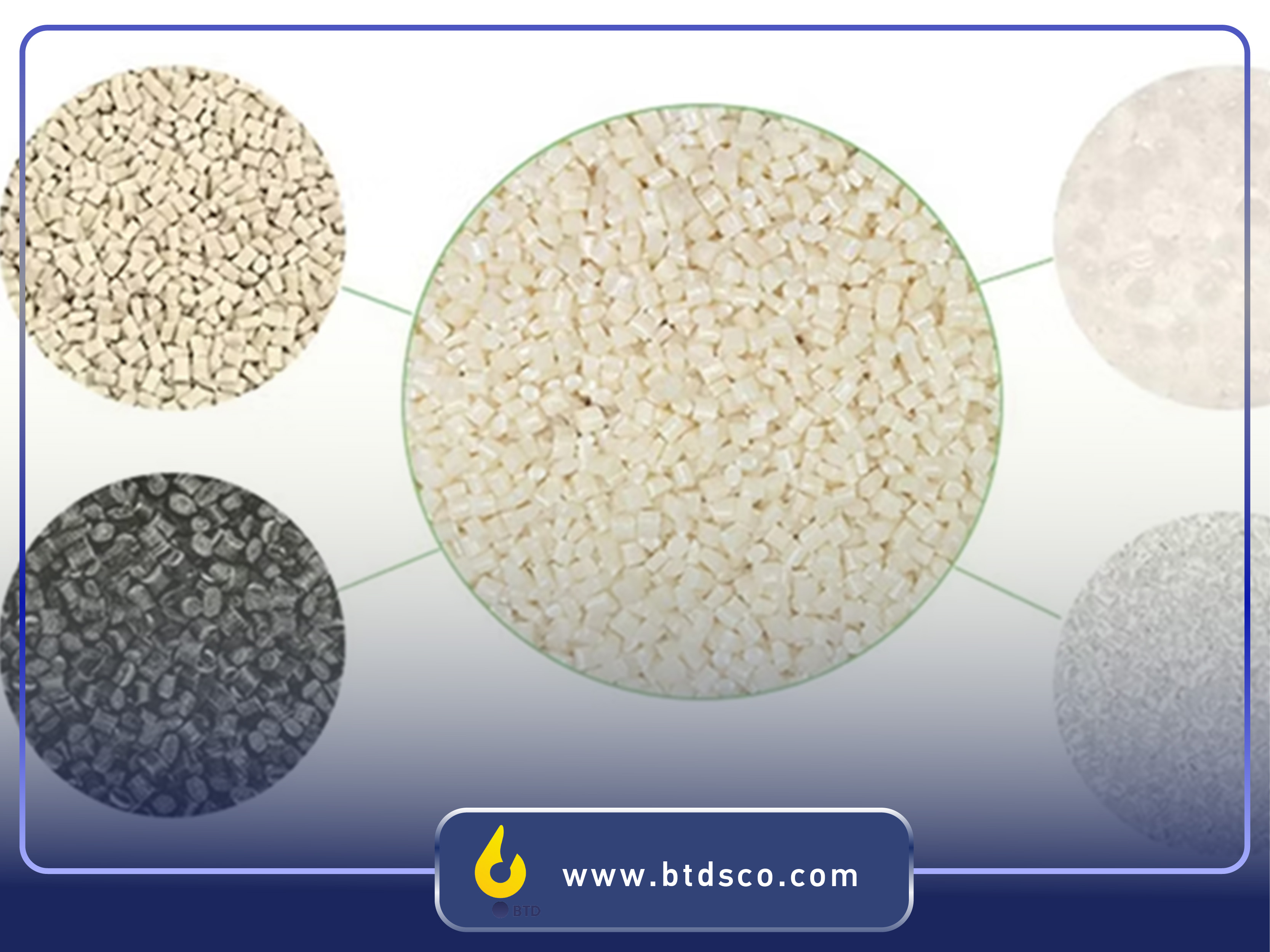Polyamide Compounds: Key Properties, Applications, and Advantages in Industrial Use
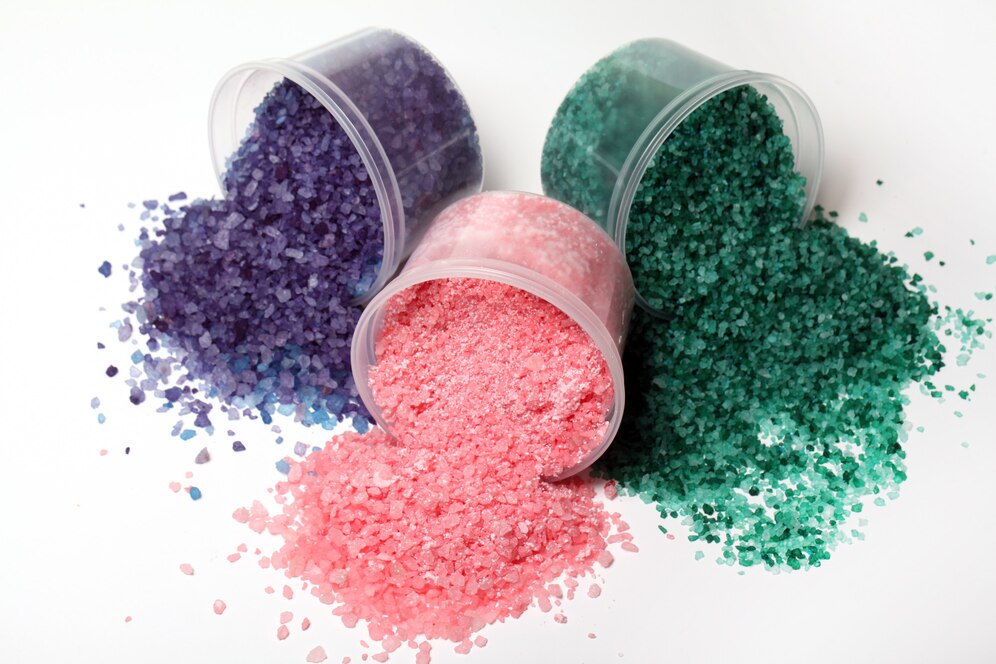
Polyamide Compounds: Key Properties, Applications, and Advantages in Industrial Use
.As one of the most widely used engineering polymers, polyamides play a vital role in various industries. These materials, due to their combination of high mechanical strength, thermal and chemical stability, and ease of processing, have found a unique position in the production of industrial and consumer parts. The characteristics of polyamide types, such as wear resistance, flexibility, and the ability to be reinforced with glass fibers, make them an ideal option for engineering applications.
In this article, we will examine polyamide compounds at Besspar Chemical Durability Development.
On the other hand, the properties of polyamides, such as electrical insulation and resistance to harsh environmental conditions, have made them widely used in the production of automotive parts, electronic equipment, and household products. This article explores the applications and unique characteristics of various polyamides.
What is Polyamide?
Polyamides (or nylons) are made through the polymerization of a diacid with a diamine or by ring-opening polymerization of lactams containing 6, 11, or 12 carbon atoms. Examples of commonly used polyamides in industry include nylon 6, 66, 11, 12, and 46. These names derive from the length of their polymer chains, with the first number representing the number of carbon atoms in the diamine and the second representing the number of carbon atoms in the acid.
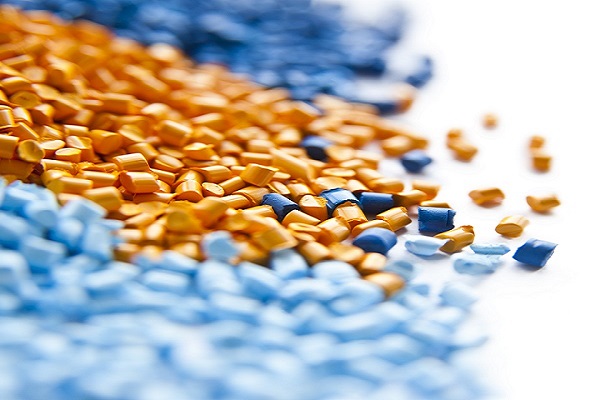
Major Applications of Polyamides
Polyamides, a group of synthetic polymers with unique characteristics, have extensive applications across various industries. Due to their remarkable properties such as high mechanical strength, wear resistance, flexibility, and thermal stability, they are used in the production of industrial parts, textiles, automotive, and electronics. Below are some applications of polyamides:
-
Toothbrushes
-
Towels
-
Wheels
-
Gloves
-
Guitar strings
-
Tennis racket strings
-
Medical implants
-
Electrical connections
-
Fishing gear
-
Tents
-
Gears
Introduction to Polyamide 66 (PA 66)
When PA6 is limited in use or its hydraulic stability is insufficient, PA66 is employed. Its suitable appearance and welding strength result in pressure resistance. Injection molding cycles are fast and economical. Polyamide 66 or PA66, also known as nylon 66, is a popular material in the industry due to its strength, hardness, excellent surface quality, electrical resistance, as well as its affordability and availability.
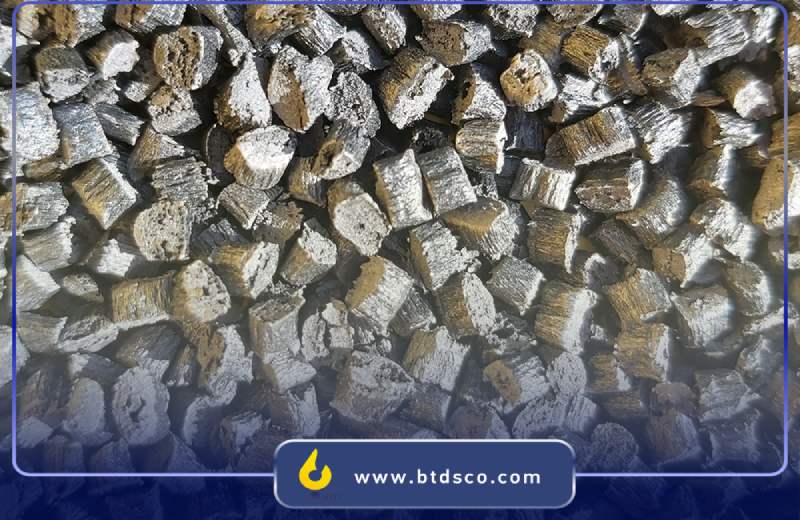
Mechanical Properties of Polyamide 66 (PA 66)
This material is favored by industrial designers for its mechanical properties, including high strength, hardness, wear resistance, ease of molding, and production. Consequently, it is used in electronics, automotive parts, firefighting equipment, industrial tools, and cable manufacturing.
Polyamide 66, also known as nylon 66, has the chemical formula C12H22N2O2, a density of 1.14 g/cm³, and a melting point of 268.8°C. It is one of the most widely used materials in the industrial sector.
Resistance of Polyamide 66
One of the notable properties of PA66 is its resistance to wear. This makes it particularly popular in machinery and automotive parts, where dynamic parts are in constant contact and wear. It is used in modular belts for modular conveyors and in sorting or directing products during transfer.

Molding of Polyamide 66
The ease of molding is one of the advantages of PA66, which can be molded at temperatures of 80-100°C. It can also be machined and provides a smooth surface finish. One drawback of polyamides is water absorption, although PA66 absorbs less water than PA6, which prevents strength reduction and increased weight. This moisture absorption increases its hardness and improves its impact resistance, but it is not a significant concern.
Thermal Resistance of Polyamide 66
PA66 has thermal resistance in thermal shocks but cannot withstand prolonged exposure to high heat as PA6 can. Additionally, its ability to absorb oils helps in applications where lubrication is needed over time, such as in bearing components.
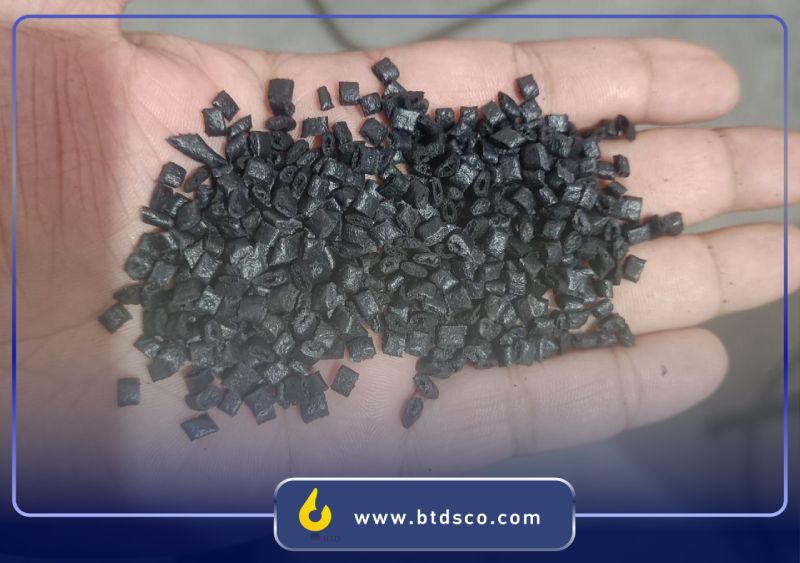
Properties of Polyamide 66
The chemical properties of polyamides enable their widespread use in harsh and challenging environments. The combination of physical and chemical properties makes polyamides an essential choice in the design and manufacture of advanced products.
-
Strength and stiffness at high temperatures
-
Good resistance even at low temperatures
-
Excellent processing flow
-
Good wear and abrasion resistance
-
Excellent resistance to fuels and oils
-
Fatigue resistance
-
Excellent electrical insulation properties
Introduction to Polyamide 6 (PA6)
This grade of nylon is very tough and has high tensile strength. Polyamide 6, also known as nylon 6 or polycaprolactam, is one of the most widely used polyamides worldwide. It is made by a unique process called ring-opening polymerization. The melting point of PA6 is 223°C.
Properties of Polyamide 6
While PA66 is one of the most popular engineering thermoplastics, PA6 is also produced to replicate the properties of nylon 66. The melting point of polyamide 6 is 255°C.
Polyamide 6 (PA6), also known as nylon 6, is one of the most important polyamides, with widespread application in various industries due to its outstanding properties. This polymer has high mechanical strength, good flexibility, wear resistance, and heat resistance, making it ideal for the production of industrial parts, machinery, automotive components, and textiles.
-
High resistance and strength at high temperatures
-
Good impact resistance, even at low temperatures
-
Wear resistance
-
Excellent resistance to fuels and oils
-
Fatigue resistance
-
Good electrical insulation properties
-
High water absorption and water balance
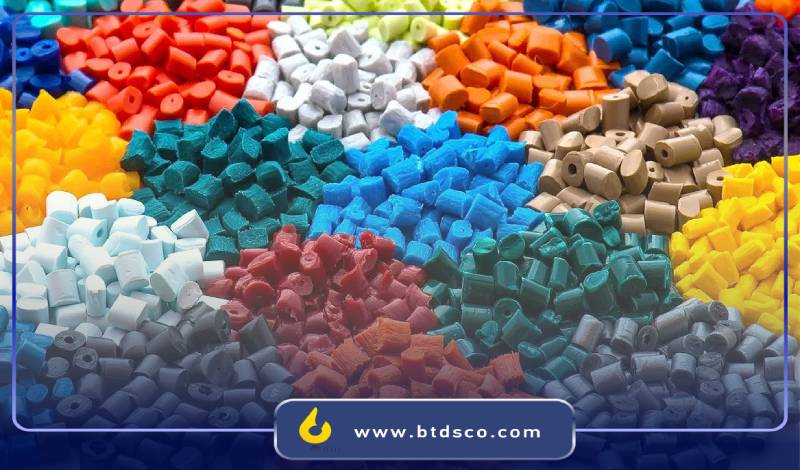
Applications of PA6
Due to its outstanding properties, Polyamide 6 (PA6) has found diverse applications across various industries. With its high strength, flexibility, wear and heat resistance, PA6 is especially used in the production of engineering parts, automotive components, and industrial fibers. Additionally, PA6’s chemical resistance and ease of processing make it a preferred choice in industries such as electronics, packaging, and industrial machinery.
-
Transportation
-
Electronics and electrical industries
-
Consumer goods, construction
-
Packaging applications
-
As a recycled polymer
Polyamide 11 (PA11)
Polyamide 11 or Nylon 11 is a rare bio-based engineering plastic derived from renewable resources (castor plants) and produced via polymerization of sebacic acid. Rilsan® is one of the first bio-sourced polymers. The melting point of PA11 is 190°C. PA11 shares properties similar to polyamide 12 but has higher thermal and UV resistance, low water absorption, and lower environmental impact. It also shows better impact strength and dimensional stability.
Polyamide 12 (PA12)
Polyamide 12 is a semi-crystalline thermoplastic with similar performance to polyamide 11. It is more expensive than other polyamides. PA12 has lower impact resistance but excellent wear and UV resistance. It has lower water absorption compared to PA6 and PA66, with good dimensional stability and suitable electrical properties. It is ideal for applications where safety, durability, and long-term reliability are critical.
Applications of Polyamide 11 and 12
Polyamide 11 and 12 are advanced engineering polymers with unique properties, making them suitable for various industries. Their high flexibility, low density, outstanding chemical resistance, and stability under varying temperatures make them ideal choices for industries such as automotive, medical equipment, fluid transfer lines, and precision industrial parts. The superior features of these polymers allow them to be used in innovative and practical product designs.
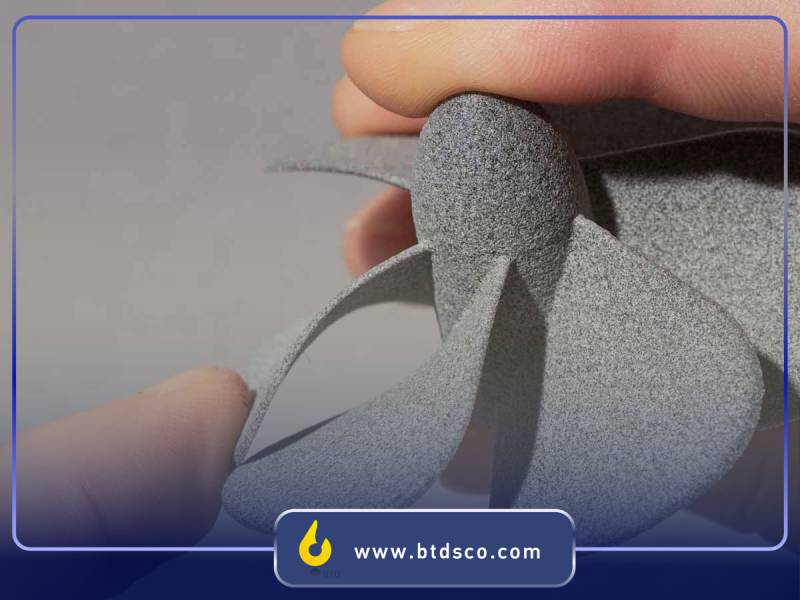
Automotive: PA11/Nylon 11 is used in trailer brake hoses, fuel lines, and other automotive and transportation applications due to its flexibility and tensile strength. Sports: PA11/Nylon 11 is used in bicycle frames, sports shoes (football shoe soles), and more, thanks to its appropriate friction and wear resistance. Engineering/Manufacturing: PA11/Nylon 11 is widely used in applications such as protective coatings for water pipes, air hoses, and spray painting systems. Other applications: Medical counters, dishwasher rack protective coatings, electrical markets, and consumer goods.
Polyamide 46 (PA46)
Polyamide 46 is made using the condensation polymerization of fatty acid and 1,4-diaminobutane, with a melting point of 295°C. PA46 is a high-thermal-resistance polyamide used in a wide range of applications.
Applications of PA46
PA46 is used in automotive parts such as chain links, motors, oil filter components, signal lamp bases, pressure washers, gearboxes, speedometer gears, fuel distributors, etc. It is also used in consumer goods, industrial products, and safety controls for items like kettles and stoves.
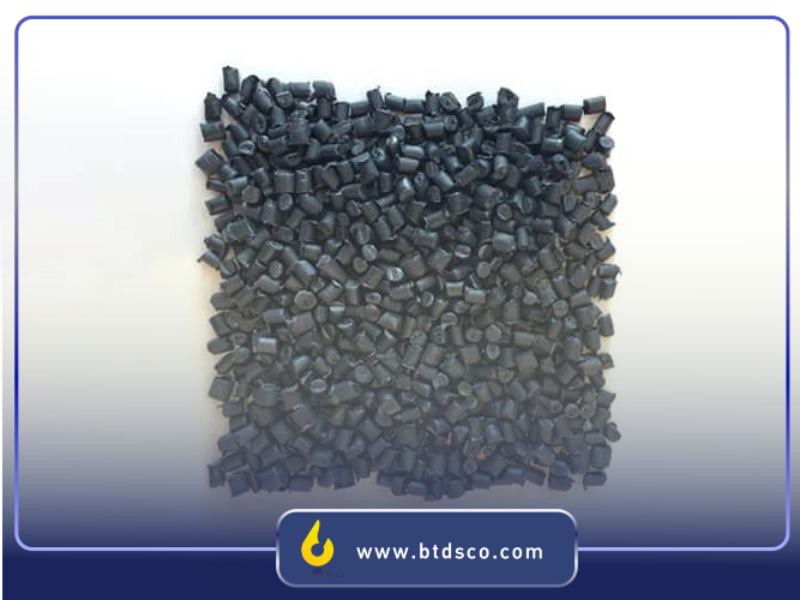
Conclusion
Polyamide compounds offer a unique combination of strength, durability, and resistance to wear and heat, making them indispensable in various industrial applications. Their versatility spans across industries such as automotive, electronics, and manufacturing, where they are used for parts requiring high mechanical performance and long-lasting resilience. As these materials continue to evolve, they bring new possibilities for enhanced efficiency and sustainability in industrial processes. For any consultation or inquiries regarding polyamide compounds and their applications, feel free to visit our website, where our experts are ready to assist you with tailored solutions to meet your specific needs.
Frequently Asked Questions (FAQs)
-
What are Polyamide Compounds?
-
What are the main applications of Polyamide Compounds?
-
What are the advantages of Polyamide Compounds in industrial use?
-
Can Polyamide Compounds be recycled?
